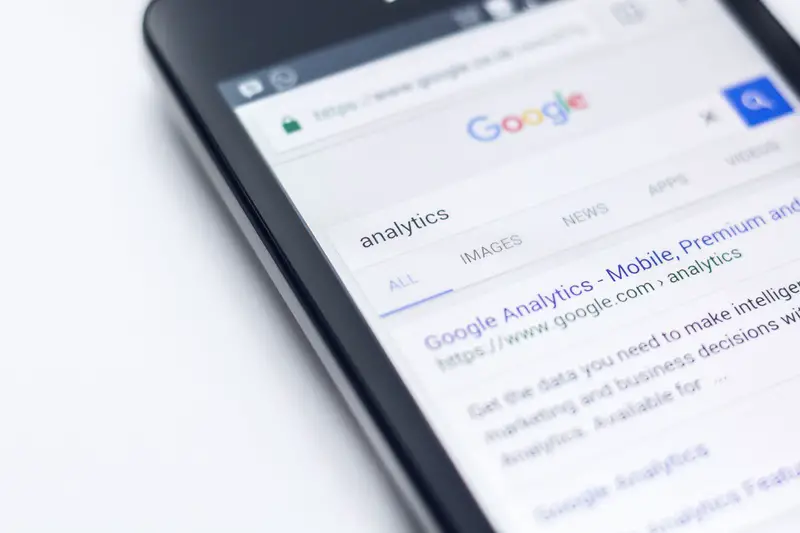Contents
Tips and Tricks to Grow Your Business Through Web Design
Do you want to boost your business online?
Designing a website is more than a series of aesthetic decisions. The choices that you make could impact your revenue. Creating smarter and more informed design is important for all business owners. To learn how to design a website for your property management business, check out this article: https://www.upkeepmedia.com/property-management-websites/.
Great website design maximizes the conversion of leads into paying customers. The right design introduces elements and structures that lead your visitors straight into the sales funnel.
In this article, we’ll list the top tips and tricks that help you reach the business goals through web design. You’ll learn about the best steps you can take to create a website that doesn’t only look nice but sells as well.
#1: Remove excess clutter

Informing people is important. But putting too much information, especially in a cluttered manner on your website can be detrimental to your business aims. When the information is unclearly structured, your visitors may get confused and leave your site altogether.
Make sure that every element on your website has a purpose. A common mistake is leaving social media platforms logos on the site that actually lead nowhere. Clicking on these empty logos is frustrating to your visitors.
Find a proper balance between using text and graphics on your site. Copy-laden websites without balancing images don’t work well. The same goes for sites that are only visual, yet have no practical information.
#2: Focus on your business goals
Web design should always be based on your business aims. What you want to achieve with your company comes before the design. You need to use design solutions that lead to more customers and increased revenue.
Even though most of the companies want to improve their net results, the particular aims are still different between various business entities. For example, you may want to focus on lead generation with your site, whereas another company wants to maximize product order completions.
#3: Opt for simple design solutions

A simple design is always better than a complicated one. Sometimes business owners are impressed with a complicated solution. But it’s more than likely that site visitors and potential customers won’t appreciate a complex approach.
Keeping things simple has very practical benefits. Whenever you have a bug in your system, fixing the issue will be quicker and easier. As a result, you’ll save money on your developer’s billed hours.
#4: Find the appropriate color schemes
Do you think that color choices serve no purpose other than aesthetics? Think again. In fact, picking the right colors for your website can directly impact the number of products or services you sell.
The right colors will boost user retention, call-to-action (CTA) clicks, sign-ups, and sales. Make sure to have colors on your site that reflect the hues used in your offline marketing materials and physical locations. Congruency is an essential principle of successful design.
#5: Improve your site’s navigation
Navigation gets overlooked by business owners too often. It’s an important aspect of your site because poor navigation usually leads to abandonment by users. They will find another site that will serve their needs without the added stress.
The first tip is keeping the number of menus under control. For most business websites, having a single menu is enough. If you have a more complicated hierarchy of services, keep the number of main menus to not more than two.
The second basic principle is restricting top-level navigation menu tabs to not more than 5-6. Otherwise, the top-level navigation gets too complicated. You don’t want your visitors to get confused and stressed.
FAQ
How does web design help improve your business?
Web design can help improve a business by making the company’s website more user-friendly, visually appealing, and easy to navigate. This can lead to increased traffic and conversions, as well as improved brand image and customer engagement. A well-designed website can also help a business establish trust and credibility with potential customers. Additionally, a responsive web design can help improve the user experience for those accessing the site from mobile devices, which is becoming increasingly important as more people use smartphones and tablets to browse the internet. Overall, a well-designed website can play a crucial role in helping a business succeed online.
What is the most important thing in website design?
The most important thing in website design is creating a user-centered experience. This means designing the website with the end-user in mind, taking into account their needs, goals, and preferences. This includes making the website easy to navigate, visually appealing, and easy to use. Additionally, the website should be optimized for search engines, be mobile-friendly, load quickly, have clear calls-to-action and be accessible for people with disabilities.
Providing clear and useful information, easy navigation and a good user experience are key to making sure that visitors stay on the site, find what they’re looking for and come back to visit again. A well-designed website will help visitors understand what the business is all about, what it offers and how to take the next step.
In summary, the most important thing in website design is creating a user-centered experience that is easy to use and navigate, visually appealing, and optimized for search engines and accessibility.
What is the golden rule in web design?
The golden rule in web design is “Keep it Simple, Stupid” (KISS). This principle emphasizes the importance of simplicity in design, by keeping the layout and content clear, uncluttered, and easy to understand. The idea behind KISS is that simpler designs are more user-friendly and are more likely to be effective in communicating a message to visitors.
A web design that follows KISS principle has the following characteristics:
- Clear and easy-to-use navigation
- Consistent layout and design
- Simple and easy-to-read typography
- Uncluttered and clean layout
- Use of whitespace to separate elements and make them stand out
- Use of high-quality images and videos that support the message
Simplicity in design not only makes the website easy to use, but it also ensures that the website loads quickly and is easily accessible to a wide range of users, including those with disabilities. Overall, the KISS principle is a reminder to designers to focus on the user experience and prioritize simplicity in order to create a more effective and efficient website.






